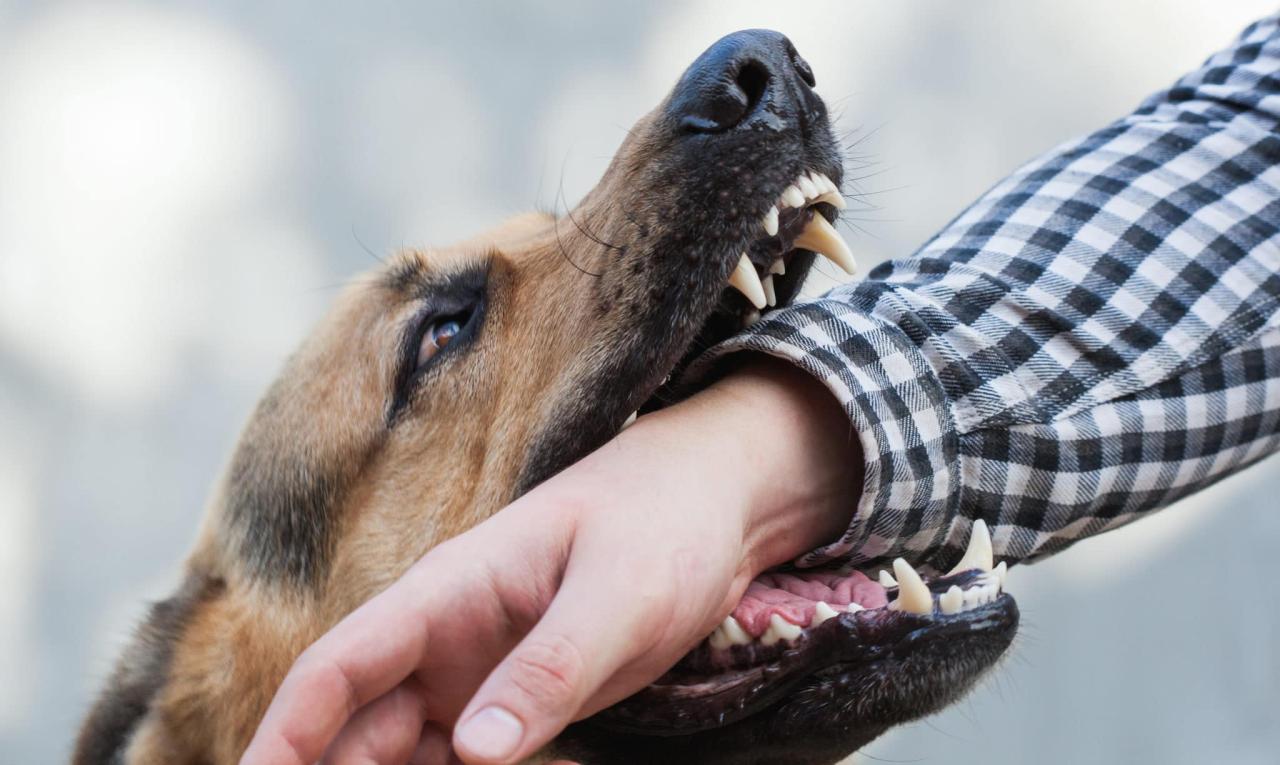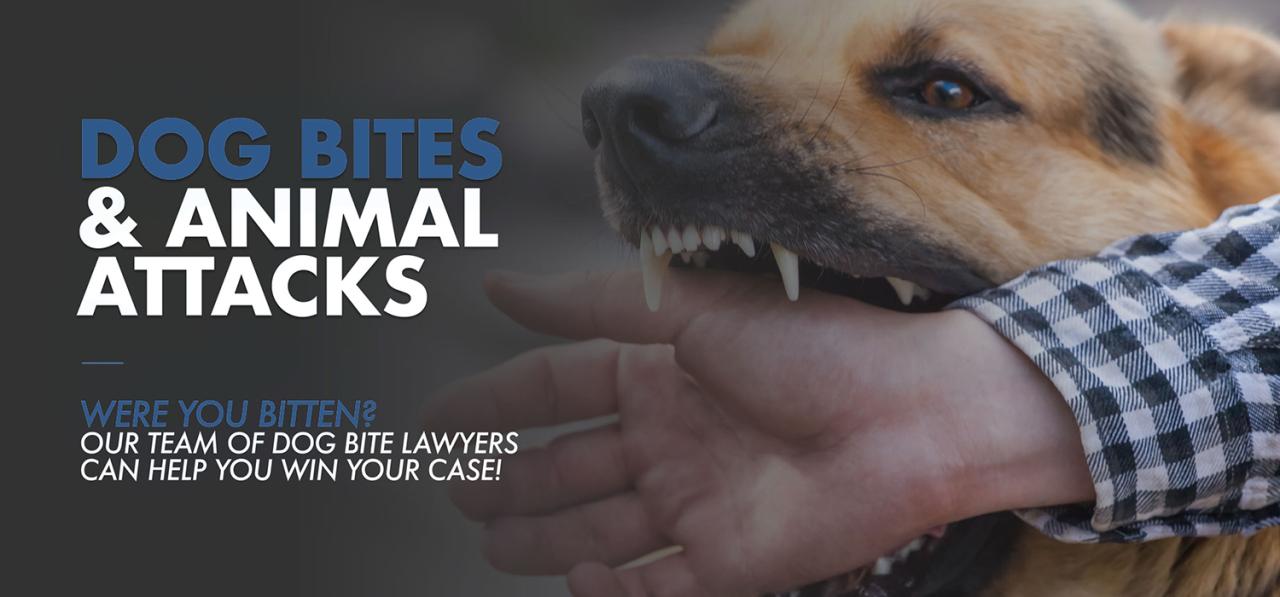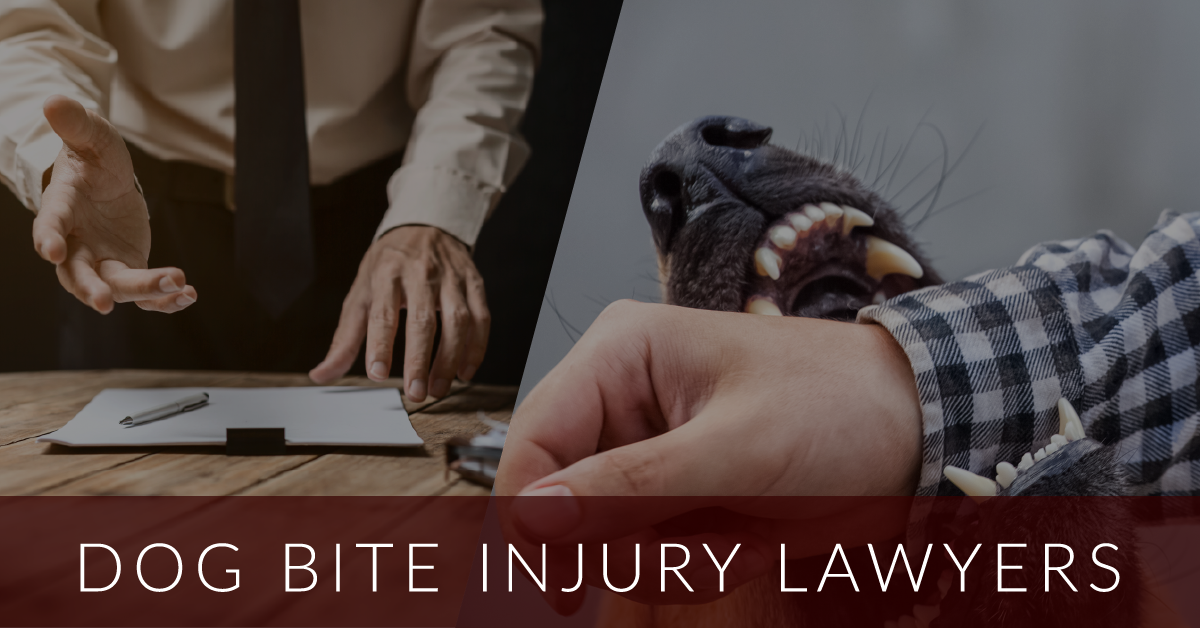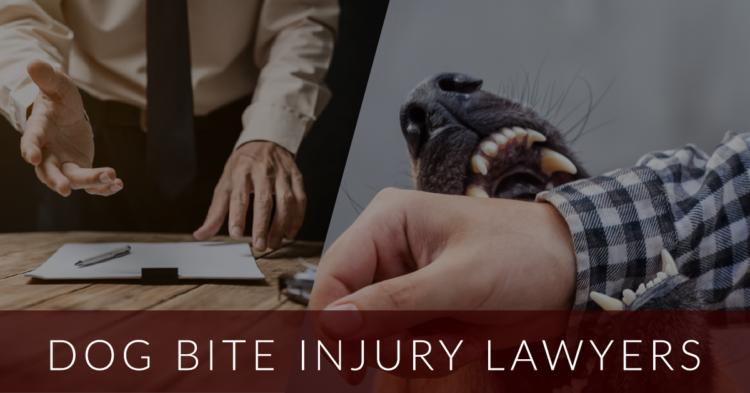
Legal Considerations for Dog Bite Injuries

Dog bite injuries can have serious physical and emotional consequences, and understanding the legal considerations surrounding these incidents is crucial for victims seeking compensation and holding negligent parties accountable.
In most jurisdictions, dog owners are held legally liable for injuries caused by their pets, regardless of whether the owner was aware of the dog’s dangerous propensities.
Negligence
Negligence is a legal concept that imposes liability on individuals who fail to exercise reasonable care in their actions, resulting in harm to others. In dog bite cases, negligence can be established by proving that the owner:
- Knew or should have known about the dog’s aggressive tendencies
- Failed to take reasonable steps to prevent the dog from biting
- Failed to properly restrain or supervise the dog
Strict Liability
In some jurisdictions, the concept of strict liability applies to dog bite cases. Under strict liability, dog owners are held responsible for injuries caused by their pets, even if the owner did not act negligently. This means that victims do not have to prove negligence on the part of the owner to recover damages.
Common Defenses
Dog owners may raise various defenses in bite injury lawsuits, including:
- The victim provoked or instigated the dog
- The dog was acting in self-defense
- The victim was trespassing on the owner’s property
Types and Severity of Dog Bite Injuries

Dog bite injuries can vary widely in type and severity, depending on factors such as the size and breed of the dog, the location of the bite, and the victim’s age and health.
Types of Dog Bite Injuries
Puncture wounds are caused by the dog’s teeth piercing the skin, resulting in deep, narrow wounds that can be difficult to clean and heal. Lacerations are tears in the skin caused by the dog’s teeth sliding across the surface, leaving jagged, open wounds. Crush injuries occur when the dog’s teeth crush the underlying tissue, causing extensive damage to muscles, nerves, and blood vessels.
Severity of Dog Bite Injuries
The severity of a dog bite injury is determined by several factors:
– Size and breed of the dog: Larger dogs with stronger jaws can inflict more severe injuries than smaller dogs. Certain breeds, such as pit bulls and rottweilers, have been known to cause particularly serious bites.
– Location of the bite: Bites to the face, neck, and hands are more likely to cause serious injuries due to the presence of vital structures and nerves in these areas.
– Victim’s age and health: Children and the elderly are more vulnerable to severe dog bite injuries due to their smaller size and weaker immune systems. People with underlying health conditions may also be at increased risk of complications.
Potential Complications
Dog bite injuries can lead to a range of complications, including:
– Infection: Dog bites can introduce bacteria into the wound, leading to infection. This can range from minor skin infections to life-threatening sepsis.
– Scarring: Dog bite injuries often result in scarring, which can be both physically and emotionally distressing.
– Nerve damage: Dog bites can damage nerves, leading to numbness, tingling, or pain in the affected area.
– Muscle damage: Dog bites can cause muscle damage, leading to weakness or paralysis in the affected area.
– Blood vessel damage: Dog bites can damage blood vessels, leading to bleeding or blood clots.
Understanding the types and severity of dog bite injuries is crucial for preventing and treating these injuries effectively.
Medical Treatment for Dog Bite Injuries
Dog bite injuries can range from minor scratches to severe wounds that require extensive medical treatment. Immediate first aid and proper medical care are crucial to prevent infection, promote healing, and minimize scarring.
First aid steps for dog bite injuries include:
- Stop the bleeding by applying direct pressure to the wound.
- Clean the wound thoroughly with soap and water.
- Control swelling by elevating the injured area.
- Cover the wound with a clean bandage to prevent infection.
Depending on the severity of the injury, different types of medical treatment may be required:
- Antibiotics: To prevent or treat infection.
- Wound care: To clean and dress the wound, remove dead tissue, and promote healing.
- Surgery: To repair deep wounds, remove damaged tissue, or reconstruct damaged areas.
Potential Costs of Medical Treatment
The costs of medical treatment for dog bite injuries can vary widely depending on the severity of the injury and the type of treatment required. Minor injuries may only require basic first aid and antibiotics, while more severe injuries may require extensive surgery and hospitalization.
According to the American Veterinary Medical Association, the average cost of treating a dog bite injury is around $2,000. However, costs can range from a few hundred dollars to tens of thousands of dollars, depending on the factors mentioned above.
Legal Remedies for Dog Bite Victims

Dog bite victims have several legal options to seek compensation for their injuries. One common option is to file a personal injury lawsuit against the dog owner. In such cases, the victim must prove that the owner was negligent in handling the dog and that the negligence directly caused the victim’s injuries. Another option is to seek compensation through the homeowner’s or renter’s insurance policy of the dog owner. Many insurance policies provide coverage for dog bite injuries, and the victim may be able to file a claim directly with the insurance company.
Factors Affecting Compensation
The amount of compensation that a dog bite victim may receive can vary depending on several factors. These factors include:
– The severity of the injury: More severe injuries generally result in higher compensation awards.
– The negligence of the dog owner: If the dog owner was grossly negligent or reckless in handling the dog, the victim may be entitled to more compensation.
– The victim’s own conduct: If the victim contributed to the incident by provoking the dog or trespassing on the owner’s property, the compensation amount may be reduced.
Examples of Successful Dog Bite Injury Lawsuits and Settlements
There have been numerous successful dog bite injury lawsuits and settlements in the United States. In one notable case, a woman was awarded $2.5 million after being attacked by a pit bull that was owned by her neighbor. The jury found that the neighbor was negligent in failing to properly restrain the dog and that the woman’s injuries were severe and permanent. In another case, a man was awarded $1 million after being bitten by a dog while he was delivering mail. The jury found that the dog owner was negligent in failing to keep the dog confined and that the man’s injuries required extensive medical treatment.
Prevention of Dog Bite Injuries
Responsible dog ownership is paramount in preventing dog bite injuries. Dog owners must ensure their pets are well-trained, socialized, and receive proper care. This includes providing adequate exercise, mental stimulation, and veterinary care. By meeting their dogs’ physical and emotional needs, owners can reduce the likelihood of aggressive or unpredictable behavior.
Proper Training and Socialization
Training and socialization play a crucial role in shaping a dog’s behavior. Puppies should be exposed to various situations, people, and animals from an early age. This helps them develop positive associations and learn appropriate social skills. Obedience training, such as teaching commands like “sit,” “stay,” and “come,” provides dogs with the self-control and discipline necessary for safe interactions.
Responsible Pet Care
Responsible pet care involves providing dogs with a safe and comfortable environment. This includes secure fencing, adequate shelter, and access to clean water and food. Dogs that are neglected or abused are more likely to exhibit aggressive behavior due to fear, anxiety, or pain. Owners should also be aware of their dogs’ body language and signs of stress or aggression.
Interacting with Unfamiliar Dogs
When interacting with unfamiliar dogs, it’s important to approach cautiously and respectfully. Avoid direct eye contact, as this can be perceived as a challenge. Instead, approach slowly, allowing the dog to sniff you first. Never reach over a dog’s head or disturb them while they’re sleeping or eating. If a dog shows signs of aggression, such as growling, barking, or baring teeth, back away slowly and avoid making sudden movements.
Avoiding Risk Situations
To minimize the risk of being bitten, avoid situations where you may come into contact with aggressive or unfamiliar dogs. This includes approaching dogs that are leashed, tied up, or in their territory. Be cautious around dogs that are playing or interacting with other animals. If you encounter a loose or aggressive dog, remain calm and avoid making any sudden movements. Walk away slowly and report the incident to the authorities.





